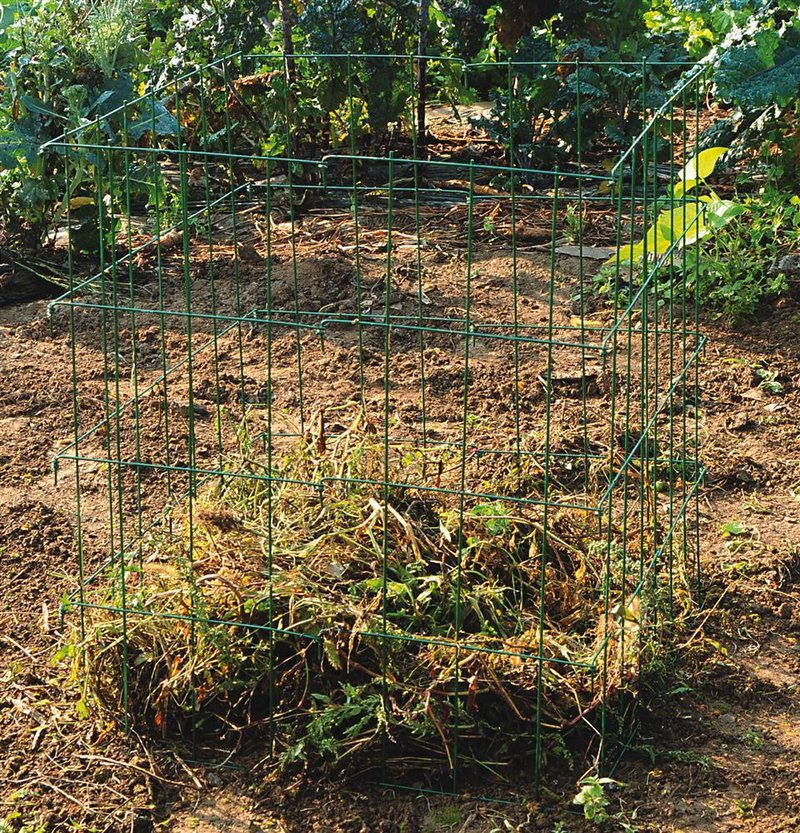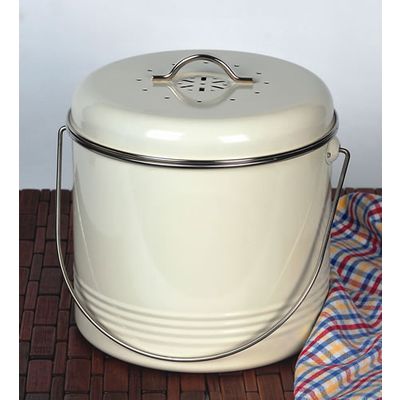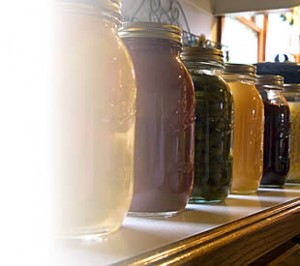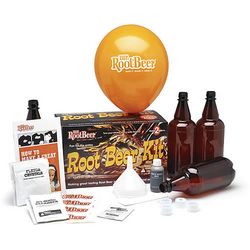
Just the word “livestock” can conjure up scary images of raging bulls, recalcitrant Billy goats and fragile lambs. You can’t help but think of the expenses of barns and fences, the necessity of acres of pastures and the tether of twice daily chores. But before you give up the notion of raising livestock, think outside the livestock box.
Our most productive livestock are probably our bees. In an area not quite as large as our children’s swing set we have enough hives to keep us in far more honey than we can consume. The extra honey sells for more than enough to pay all of our bee expenses each year.
Our second most productive livestock is our worms. Now that may seem downright silly. You can’t eat them. Worms don’t provide eggs or fleece or any of the other things one thinks of when considering livestock but they are still a valuable resource. And they produce material that will give any garden or flower bed a kick in the pants.
You can keep worms just about anywhere as long as the temperature is fairly stable between 40 and 80 degrees. They don’t smell. Worms consume what is generally thrown out.

Egg shells, coffee grounds, tea bags, bits of table scraps and a few pages of the daily newspaper will keep a big colony of worms well fed. I do avoid meat, fat, citrus and dairy but almost everything else goes in the bin. I don’t feed every day. In fact, I will sometimes not feed the worms for several days and they still do just fine. And what do I get for this small amount of care?
I get the fluid that drains out of my worm bin and into a tidy little vessel underneath. This water is filled with micro-organisms and nutrients. It goes to feed my house plants in the winter and gets dumped in the starter plants in the spring. In the summer I use it to give a boost to any plant that looks a little sad.
I get worm casings. This is the nutrient-dense black gold of a gardener’s dreams. Once a year I harvest the bottom tray of worms. I put the casing rich soil anyplace I want to add fertility. I have used it in my greenhouse and in my container plants. The best tomatoes I ever grew came from a container with soil amended with worm casings.
I get a household composter. In the winter, the trip from house to compost heap is long and snowy. The worms consume a lot of food waste that would otherwise sit around for days. This keeps down the fruit flies and odor.
I get worms. Worms are no small thing. They can be sold or used in your garden. I won’t part with mine. When I get all four of my bins stacked up and full of worms I remove the bottom bin and dump the whole thing in one of my raised beds. It gets filled with garden soil and some table scraps and put on the top. Soon enough, the worms from the bottom trays migrate up, fill up the new bin and I have another tray to empty out.
I get a conversation starter. The bins are not unattractive. They sit in an unused corner of my kitchen and visitors always want to know what the heck is in the tall, black tower. I know this sounds rather nerdy but worms are so interesting. The people who don’t fix me with a glassy-eyed stare after a few minutes of hearing me wax euphoric about worms often walk away with a Lehman’s catalog and a desire for their own special brand of livestock.































